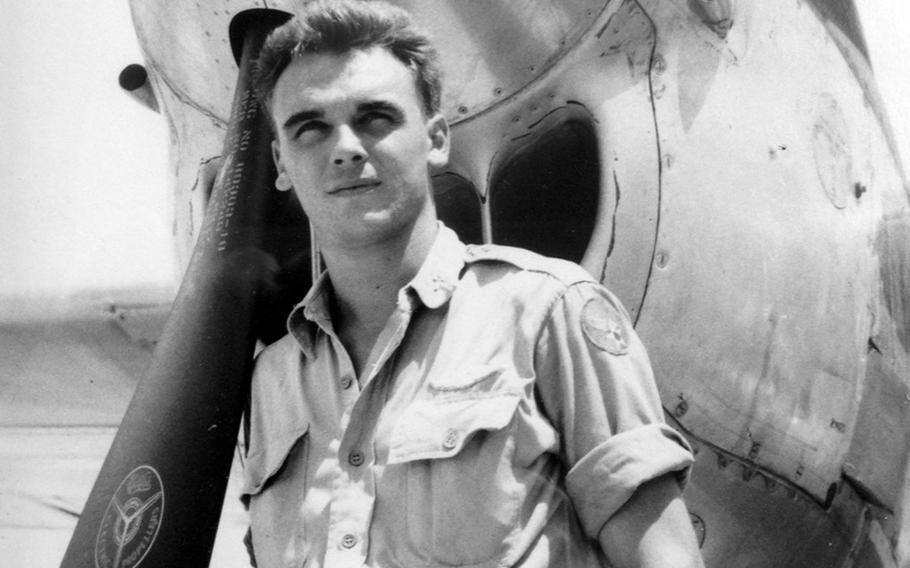
Wimbledon champion Vic Seixas joined the U.S. Army Air Corps in 1943 and flew warplanes over the South Pacific as a test pilot during World War II. (Dianne Featherston)
A champion of multiple major tennis tournaments who also flew over the Pacific as a U.S. Army Air Corps test pilot in World War II plans to celebrate his 100th birthday Wednesday.
Vic Seixas, a native of Philadelphia, was playing tennis at the University of North Carolina when the war broke out, he recalled during a recent phone interview from his home in San Francisco.
Commissioned as a second lieutenant in 1943 and trained as a pilot, Seixas said he deployed to New Guinea.
“I was stationed at an Army Air Corps depot that assembled aircraft and repaired planes that were already there,” he said.
The planes he took up for test flights in New Guinea — P-38 Lightning, P-40 Warhawk, P-47 Thunderbolt and P-51 Mustang fighters and A-20 Havoc, B-25 Mitchell, and B-24 Liberator bombers — arrived on cargo ships, Seixas said.
“There were a few of us that checked them out and made sure they were OK,” he added.
Seixas said the most fun to fly were P-38s, which have counter-rotating propellors, and the iconic P-51s.
“I didn’t have any real harrowing experiences as a test pilot,” he said. “We were there to find out if there was anything wrong before the planes went to a combat zone.”
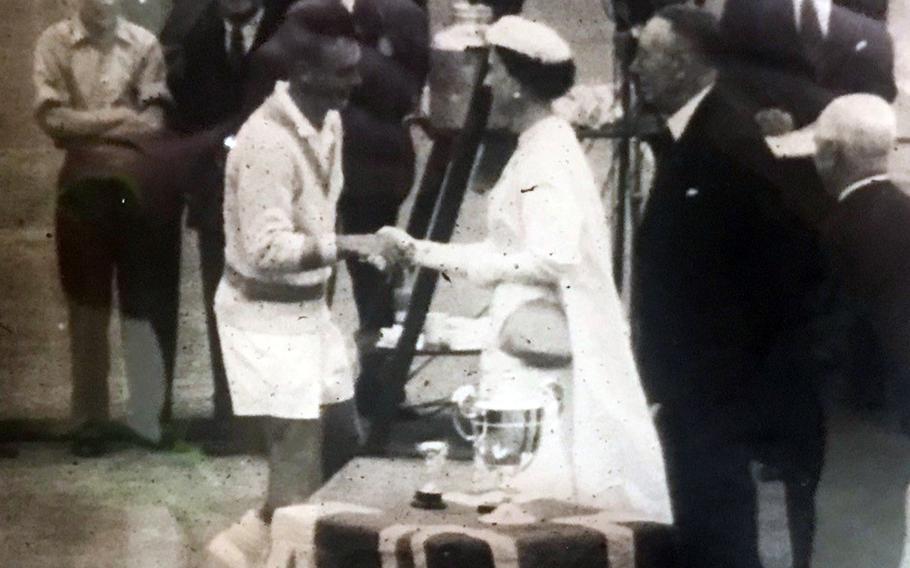
The duchess of Kent presents the Wimbledon trophy to Vic Seixas in 1953. (Dianne Featherston)
‘Face of American tennis’
Seixas took leave from tennis during the war but picked up a racket again soon after.
“I was fortunate enough to be stationed in the South Pacific and Tokyo,” he said of his time in uniform, which included a stint with occupation forces in Japan. “I enjoyed my time in the military, but I was anxious to get out of the service and go back to college after the war.”
Back at the University of North Carolina in 1946, Seixas started playing tennis again.
During his time with the Tar Heels, the 6-foot, 180-pound Seixas won 63 of his 66 singles matches, and as a junior in 1948 advanced to the NCAA Singles Championship match. That season, he earned All-American honors, according to the International Tennis Hall of Fame website.
After graduation, Seixas traveled the world as an amateur player. He wasn’t paid to play but with expenses paid and accommodations free, the sport cost him nothing, he said.
The Hall of Fame describes Seixas, who played in a record 28 U.S. National/Open tournaments, as arguably “the face of American tennis” from 1940 to 1969.
“Seixas relied on fitness, in particular his strong legs, to bolster his tennis game,” the website states. “There were players who were more mechanically sound than Seixas, but few who had his spirit, emotion, and tenacity. His perseverance and fight were difference makers and those who played him left exhausted, both mentally and physically.”
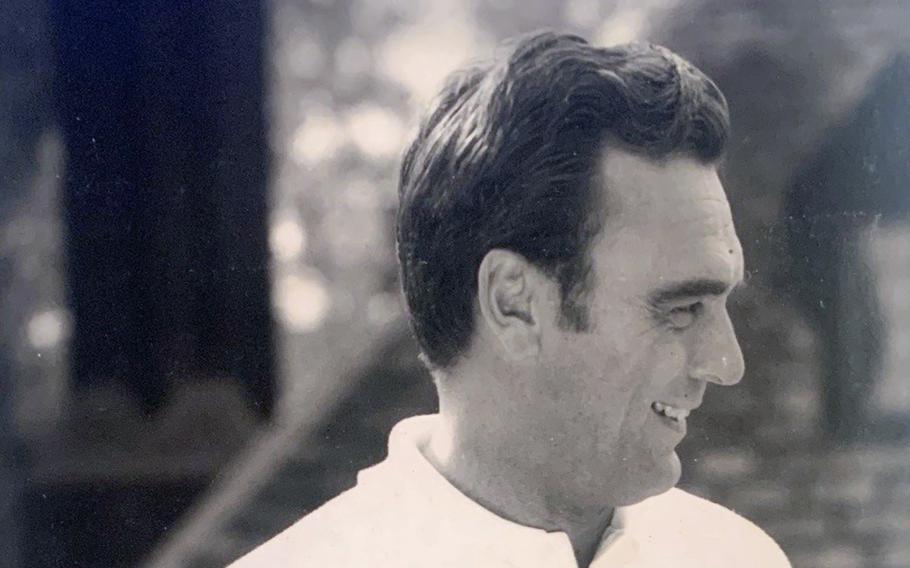
The International Tennis Hall of Fame describes Vic Seixas, who played in a record 28 U.S. National/Open tournaments, as “the face of American tennis” from 1940 to 1969. (Dianne Featherston)
Seixas won 15 majors: two singles championships, five doubles championships and eight mixed doubles championships, the website states.
Going pro
Seixas’ rivals included some of the greats of the amateur era, including Australians Ken Rosewall, Lew Hoad and Frank Sedgman.
“I didn’t turn pro until 1968 when everyone became a pro,” he said. The Open Era of tennis began that year when major tournaments became open to professional players.
Seixas won Wimbledon in 1953 and the U.S. Open in 1954, according to the Association of Tennis Professionals’ official website.
“Until (four-time U.S. Open champion) John McEnroe arrived on the scene, Seixas played more Davis Cup matches than any other American in history, winning 38 of 55 singles and doubles matches during his seven years on the squad (1951-57),” the Hall of Fame’s website states. “He helped lead the U.S. to the finals each year against Australia, and in 1954 teamed with (Tony) Trabert to win his only Davis Cup championship over the Aussies in Sydney.”
Seixas played competitive tennis into his 40s and authored “Prime Time Tennis,” an instructional manual for middle-aged players.
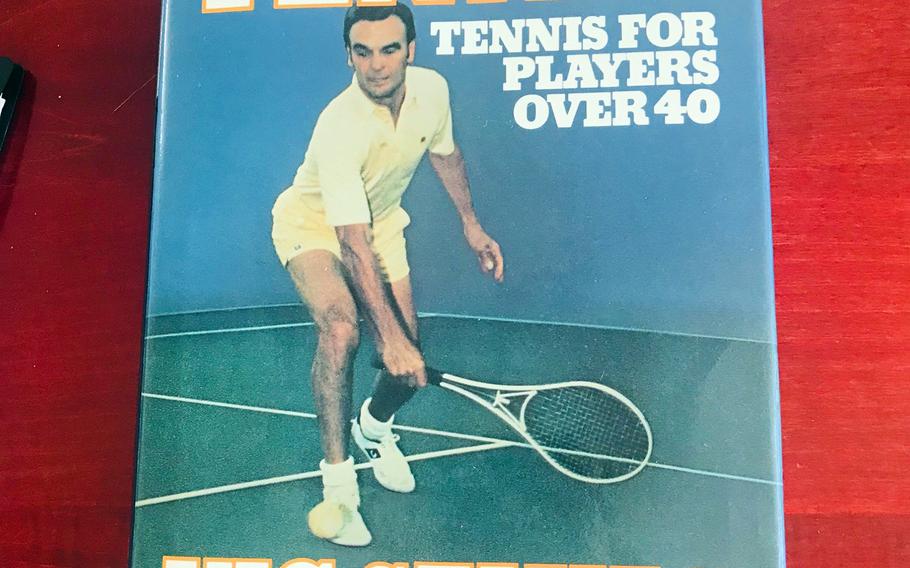
Vic Seixas played competitive tennis into his 40s and co-authored “Prime Time Tennis,” an instructional manual for middle-aged players. (Dianne Featherston)
His last official match recorded on the professional association’s website was a May 1976 game of doubles in Las Vegas, where he and Chuck McKinley took on Erik Van Dillen and eight-time major tennis singles champion Jimmy Connors.
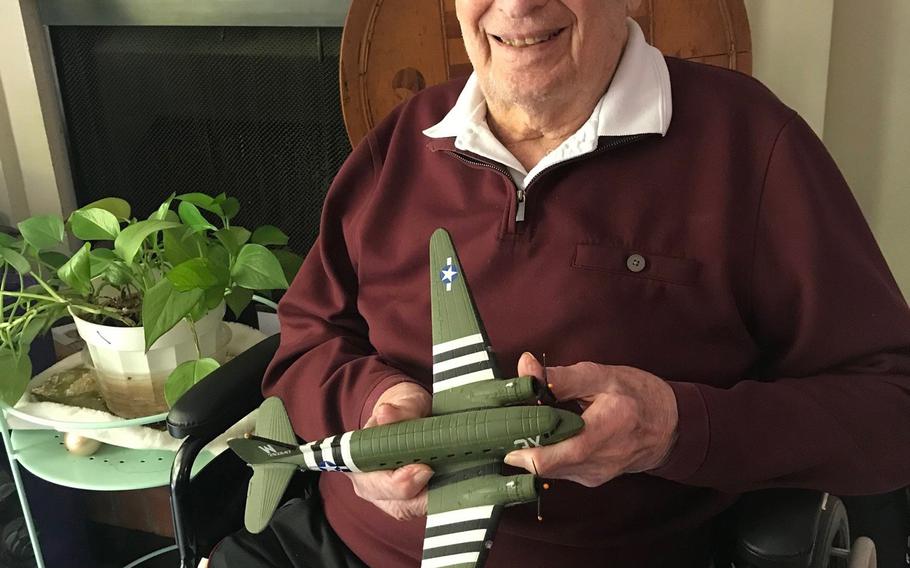
Vic Seixas, who won multiple tennis major championships and flew over the Pacific as an U.S. Army Air Corps test pilot during World War II, plans to celebrate his 100th birthday Wednesday, Aug. 30, 2023. (Dianne Featherston)
‘Alert and aware’
“I didn’t make much money,” Seixas said of his professional career. “By then (when the sport turned pro) I was a little over the hill.”
To make ends meet, he worked for investment bankers Goldman Sachs in Philadelphia for 16 years and then as a tennis pro at the Greenbrier Resort in White Sulphur Springs, W.Va.
The father of one daughter rates his win at Wimbledon as his greatest achievement in tennis.
“That’s the major tournament that every player would like to win,” he said.
Flying fighters didn’t improve Seixas’ tennis, but he said there are some traits pilots share with players.
“To be a pilot you have to be alert and aware of everything that’s going on,” he said. “You have to be that way in tennis.”